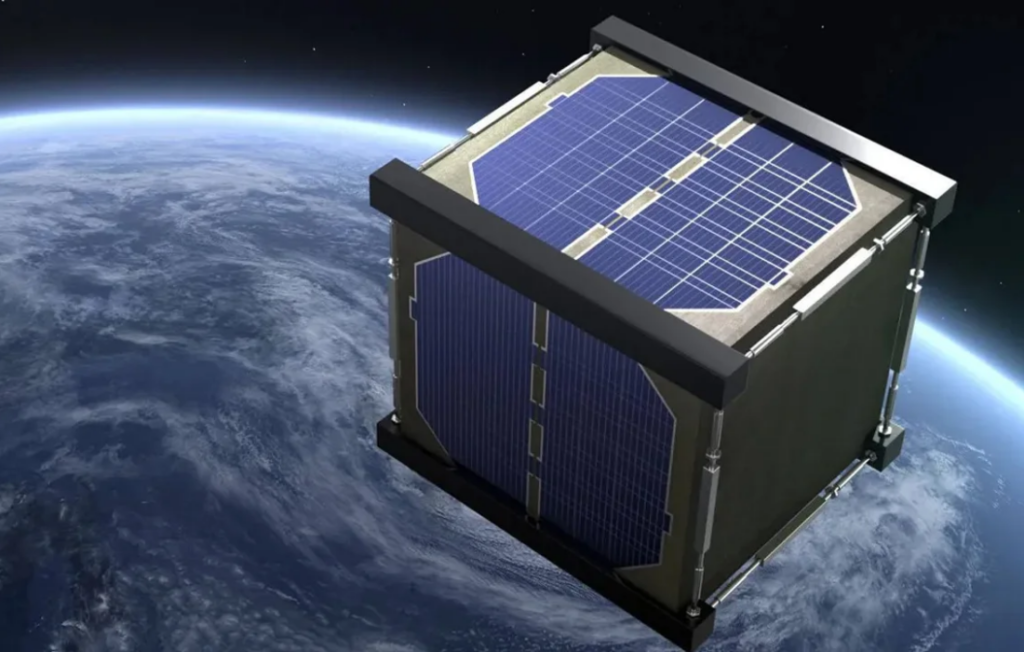
The World’s First Wooden Satellite, LignoSat, Deployed from ISS for Eco-Friendly Space
Lorem Ipsum is simply dummy text of the printing and typesetting industry. Lorem Ipsum has been the industry’s standard
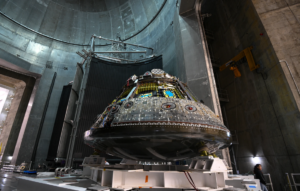
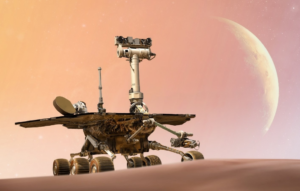


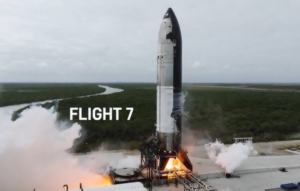
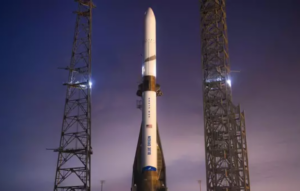
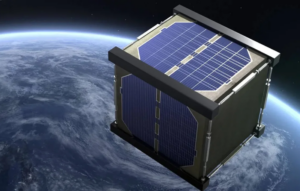
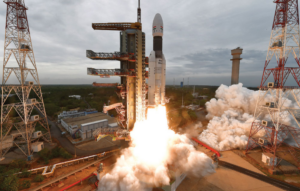

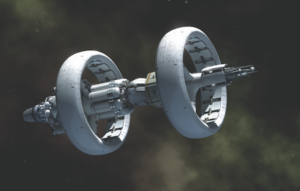
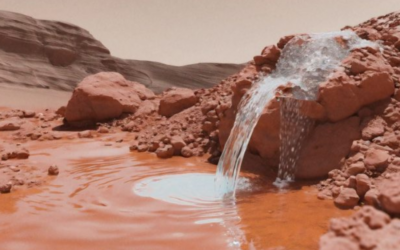
A groundbreaking study published in Earth and Planetary Science Letters has revealed new insights into the geological and hydrological history of Mars.
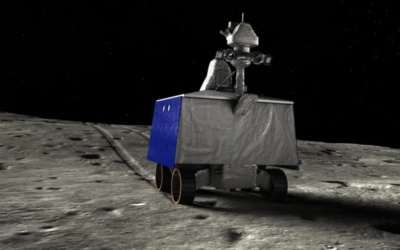
NASA’s Volatiles Investigating Polar Exploration Rover (VIPER) is set to explore the Moon’s South Pole in a mission that will bring us closer to understanding one of the most critical elements for future lunar and deep space exploration: water.
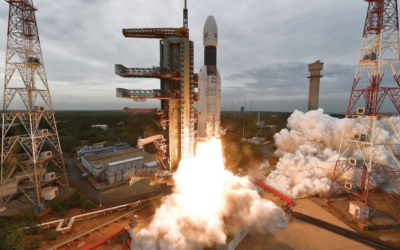
A spacecraft has a number of essential components, such as an engine, power subsystem, steering system and communications system, in addition to science instruments.
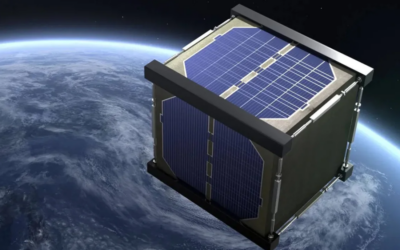
Lorem Ipsum is simply dummy text of the printing and typesetting industry. Lorem Ipsum has been the industry’s standard
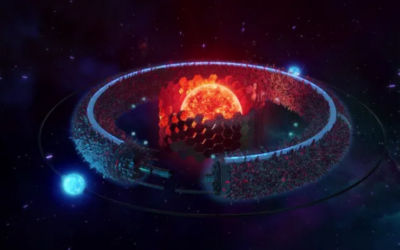
As humanity expands its reach beyond Earth, we’ll eventually face a pivotal moment where the current methods of energy production will no longer suffice.
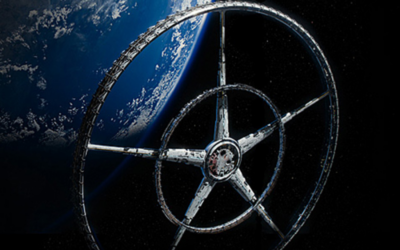
In this article, we’ll explore the concept of building a massive, ring-shaped world in space. Known as a “ringworld,” this structure could provide an artificial living area in space, similar to a space station but on a much larger scale.
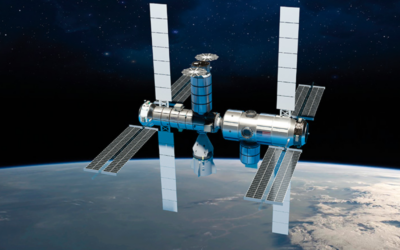
Before humanity can expand to other planets, we need to establish a strong presence in Earth’s orbit. This infrastructure would lay the groundwork for future space exploration and serve many crucial purposes for both Earth and space missions.

Artificial Intelligence (AI) is the ability of computers or machines to perform tasks that typically require human intelligence. Essentially, AI enables machines to think, learn, and make decisions based on the data they process.
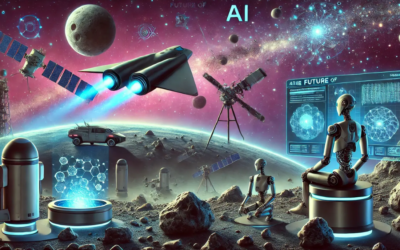
Absolutely! Artificial Intelligence (AI) is becoming an essential part of space exploration. From assisting in the processing of vast amounts of data to automating spacecraft operations, AI is revolutionizing how we explore the cosmos. The advancements in AI technology are opening up new possibilities for robotic exploration of planets, moons, and other celestial bodies. With…

In recent years, the pace of human space exploration has accelerated at an unprecedented rate, driven by a growing interest in unraveling the mysteries of the cosmos and expanding our understanding of the universe.

In an exciting breakthrough, a team of researchers led by the University of Tokyo has developed a comprehensive dataset of Earth’s atmosphere that spans nearly two decades, offering new opportunities for studying regions that have long been difficult to access and understand.
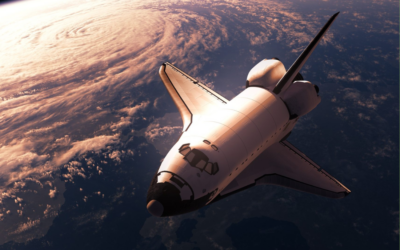
The U.S. Space Force’s X-37B Orbital Test Vehicle (OTV-7) has quietly surpassed a remarkable milestone: it has now been in orbit for over one year. Launched in December 2023, the uncrewed spaceplane continues to carry out its highly secretive mission, testing new technologies and conducting experiments far beyond its initial flight expectations.